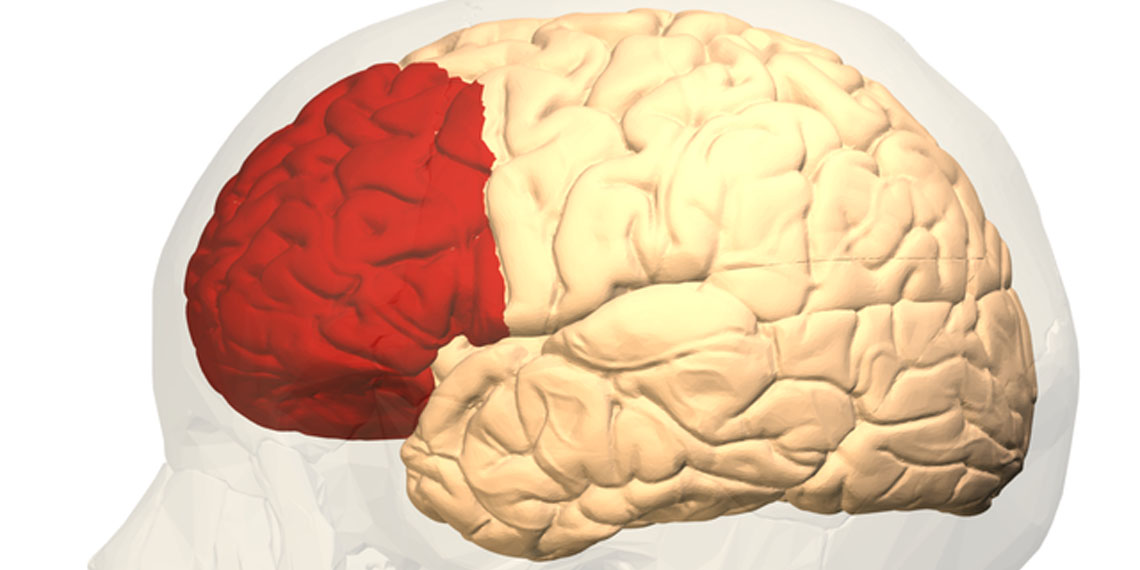
A new study published in PLOS One researched neurological changes that occur when interacting with dogs. The findings indicate that cuddling with real dogs and stuffed animals increases brain activity in the prefrontal region, but dogs cause significantly more brain activity than stuffed animals.
Research on the consequences of time with animals has yielded data that changed how we think about the relationships between animals and humans. Time spent with animals decreases levels of stress hormones and increases feel-good neurochemicals like endorphins and oxytocin.
Where these reactions originate in the brain is still a mystery. Many studies look for clues to how the brain reacts when exposed to animals, but most use images of animals or toy animals. Rahel Marti and colleagues sought to measure brain activity while subjects were interacting with real dogs.
Twenty-one subjects were recruited from and around the University of Basel in Switzerland. All participants were over 18 and had no allergy to dogs or dog phobia. Subjects participated in six sessions, three with a real dog and three with a stuffed animal. Each time brain activity was assessed using functional near-infrared spectroscopy (fNIRS).
Each of the six sessions was broken down into 5 phases lasting two minutes. Phase 1 was the subject staring at a white wall. Phase 2 subjects watched a dog or stuffed animal from a distance. Phase 3 was the dog, or stuffed animal was close enough to touch the subject. Phase 4 was actively petting the dog or stuffed animal, and in phase 5, the dog or plush was removed, and the subject stared at a white wall. There was a short break after each 2-minute phase. Each participant had three sessions in the morning and three in the afternoon.
The dog participants were a Jack Russel Terrier (4 years old), a Golden Retriever (4 years old), and a Goldendoodle (4 years old). The stuffed animal was a lion, 58 centimeters tall, and stuffed with a hot water bottle. Participants learned that the stuffed animal was named “Leo.”
The two hypotheses of this study were found to be correct. Hypothesis one posited that brain activity would increase as contact increased. The closer the dog or Leo got to the participant, the more brain activity was seen in the prefrontal cortex.
The second hypothesis states that participants would demonstrate more significant prefrontal cortex activity when interacting with a dog over Leo. This was also true; the fNIRS found activity increased with a live dog compared to Leo, the stuffed lion.
Marti and colleagues acknowledge that the study has some limitations. First, the dog owners were present during the sessions. They did not interact with the participants, but their presence may have been unexpected and therefore had some effect. Leo was unaccompanied.
Second, the fNIRS technology is less accurate than other brain imaging technology. However, the subjects did serve as their own control, so there was somewhat of a baseline established for each person.
Despite these limitations, this study has implications for the scope of animal therapy. For example, the research team suggests, “If patients with deficits in motivation, attention, and socioemotional functioning show higher emotional involvement in activities connected to a dog, then such activities could increase the chance of learning and therapeutic aims.”
The study, “Effects of contact with a dog on prefrontal brain activity: A controlled trial“, was authored by Rahel Marti, Milena Petignat, Valentine Marcar, Jan Hattendorf, Martin Wolf, Margret Hund-Georgiadis, and Karin Hediger.
"activity" - Google News
November 26, 2022 at 01:01AM
https://ift.tt/pMQ0aJP
A new study says time spent with dogs increases brain activity in the prefrontal cortex - PsyPost
"activity" - Google News
https://ift.tt/X4uftya
https://ift.tt/PQG0A8I
Bagikan Berita Ini














0 Response to "A new study says time spent with dogs increases brain activity in the prefrontal cortex - PsyPost"
Post a Comment